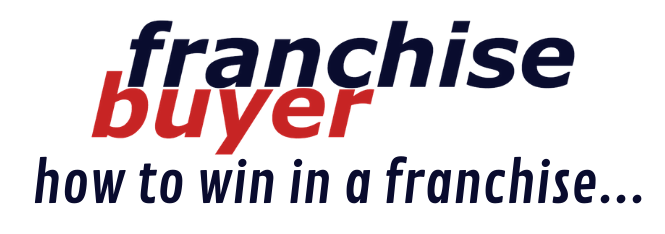April 05, 2019
Do you know the difference between Virtual, Augmented, and Mixed reality technologies?
These technologies have similarities, but there are key differences. There could be much to gain from being well versed in these differences so that you can make an informed decision about how to take advantage of them for your business.
Let’s explore and review and the underlying differences and opportunities to be aware of.

An introduction to the technologies...
VIRTUAL REALITY
Virtual Reality (VR) is the most widely known technology of the three described in this article and is generally the category that all of these technologies labelled as VR for the uninitiated. VR is a fully immersive experience that can trick your senses into believing you are participating in a totally different world.
This technology utilises Head Mounted Display (HMD) headsets and is an immersive experience filled with computer generated scenes and sounds and is further enhanced sometimes by the use of hand controllers for extra detection of movement.
This technology supports 360 degree views allowing for some amazing experiences.
Training and customer walk throughs are perhaps the most common use of this technology for business, allowing staff to experience simulations of what to expect on their first days on the job or allowing customers unique experiences or even to experience shopping whilst bricks and motor stores are closed. Content can be widely distributed for consumers who already own headsets.
Oculus Rift is a well known provider of VR technology.
AUGMENTED REALITY
Augmented Reality (AR) differs from VR in that it allows users to see and interact with the real world whilst a layer of digital content is added on top of it. Pokémon GO made this technology famous whilst it had millions of users running around with their smartphone through cities looking for small virtual creatures.
Because this technology can primarily be used with smartphones, it makes it a very attractive and cost effective way of delivering new customer experiences in store. For example, an app that overlays a t-shirt or dress onto a users body so they can experience the look of something without trying it on is AR.

Treasure hunts in store or scanning around a store looking for prizes or special offers is another use, as well as even allowing uses to experience the look of furniture in their own home.
This technology drives brand awareness and interaction via downloaded apps from the business brand.
MIXED REALITY
Mixed Reality (MR) is the newest emerging technology and in my opinion will have the biggest impact on how businesses are run.
This technology creates unique experiences and opportunities by seeking to take the best qualities from Augmented Reality and Virtual Reality and create an immersive experience that delivers digital objects and content that can be interacted with on top of the users real or virtual environment.
This technology is driven by participants wearing a VR headset style pair of glasses so the real world can be seen and the digital content delivered into that experience. Microsoft Halo Lens is leading the charge in this category.
Training is once again a great use by allowing the trainee to wear the device and look at real world scenarios and have instructions delivered right on screen step by step.

From mechanics to surgeons the most complicated of details can be presented in a just in time manner to the user.
This technology will change the way field services are performed and significantly lower the costs for business also. For example a more senior engineer can be seated in the comfort of a central office delivering instructions to the glasses for junior engineers in the field allowing the senior to support a one to many scenario driving down costs.
In summary, whilst Virtual Reality has been around for years and so too has Augmented Reality, tech-savvy business have been gaining major advantages and driving brand recognition. However, the emergence of
Mixed Reality will forever in my opinion change the business and technology landscape for the better across any business that can adopt it.















